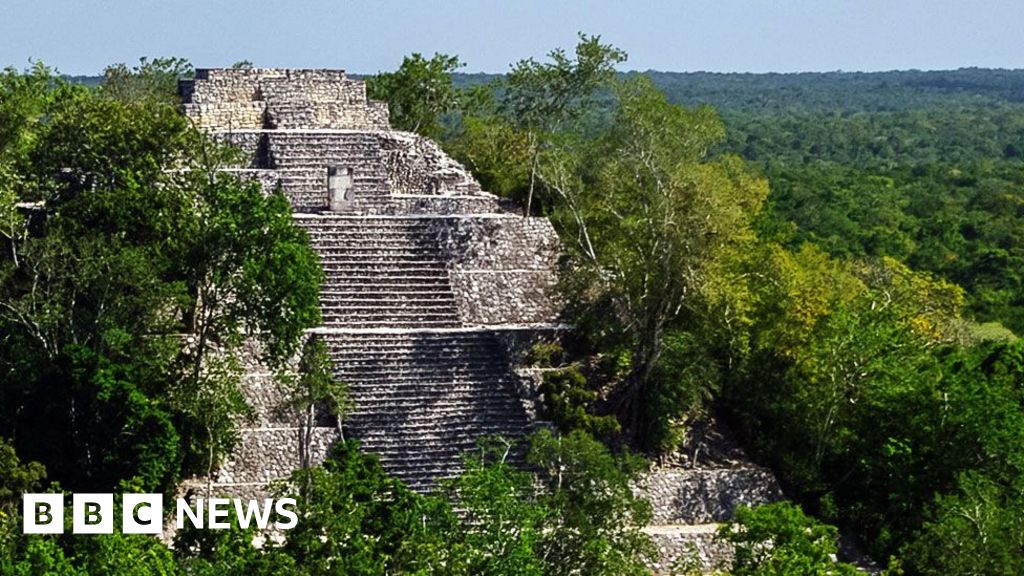A huge Maya city has been discovered centuries after it disappeared under jungle canopy in Mexico.
Archaeologists found pyramids, sports fields, causeways connecting districts and amphitheatres in the southeastern state of Campeche.
They uncovered the hidden complex - which they have called Valeriana - using Lidar, a type of laser survey that maps structures buried under vegetation.
They believe it is second in density only to Calakmul, thought to be the largest Maya site in ancient Latin America.
The team discovered three sites in total, in a survey area the size of Scotland’s capital Edinburgh, “by accident” when one archaeologist browsed data on the internet.
Accidentally went hunting for lidar data, accidentally analyzed it, accidentally notices the results
“I was on something like page 16 of Google search and found a laser survey done by a Mexican organisation for environmental monitoring,” explains Luke Auld-Thomas, a PhD student at Tulane university in the US.
It was a Lidar survey, a remote sensing technique which fires thousands of laser pulses from a plane and maps objects below using the time the signal takes to return.
But when Mr Auld-Thomas processed the data with methods used by archaeologists, he saw what others had missed - a huge ancient city which may have been home to 30-50,000 people at its peak from 750 to 850 AD.
This was at page 1 of Google search last year.
Now at page 1 there is “the best lidar laser of 2025 (updated) (tested) (for real) (DivX)
Buy Lidar at Temu dot com three dollar
Love it when this happens to me
Speak for yourself. I used satellite imagery to uncover the final resting place of Noah’s Ark on Mt. Ararat, and the global atheist cabal is suppressing it.
We’ve all been there, haven’t we?
It binds us all
Giggity
Thats MY word?!!
Wait he found it on the Internet? Crazy lol
They need better SEO




